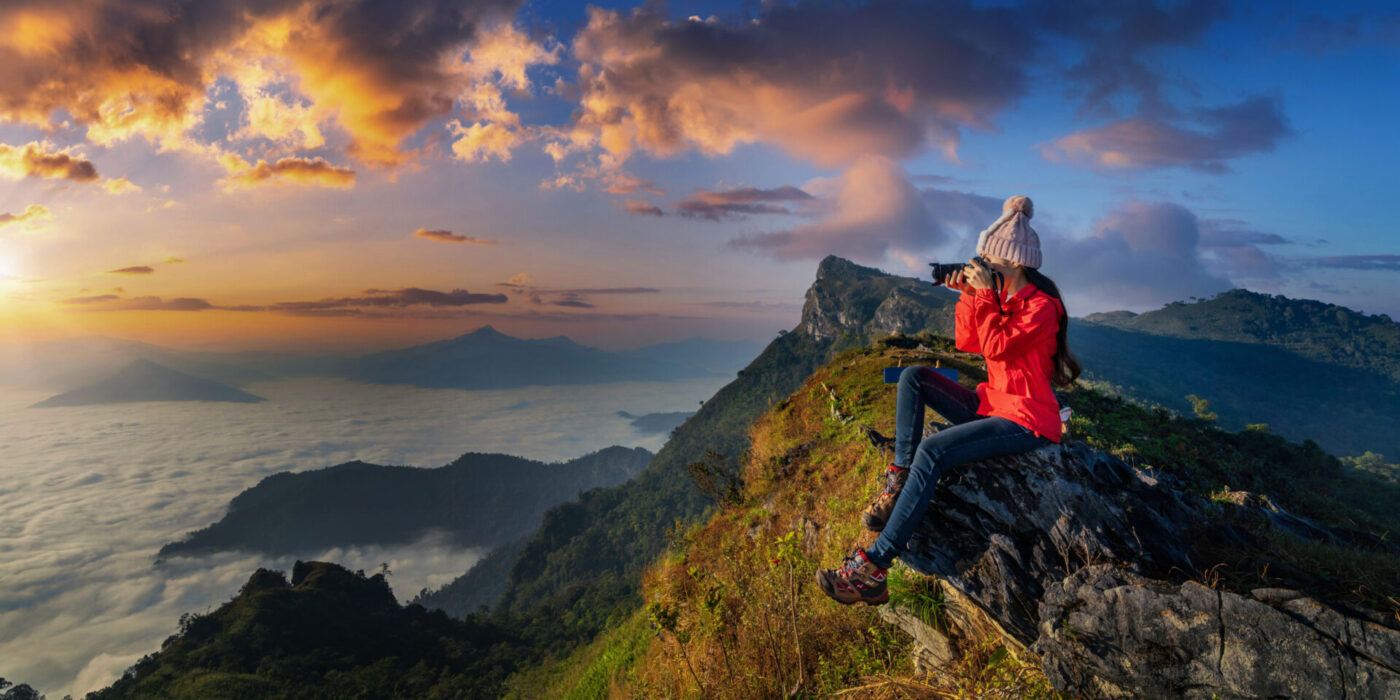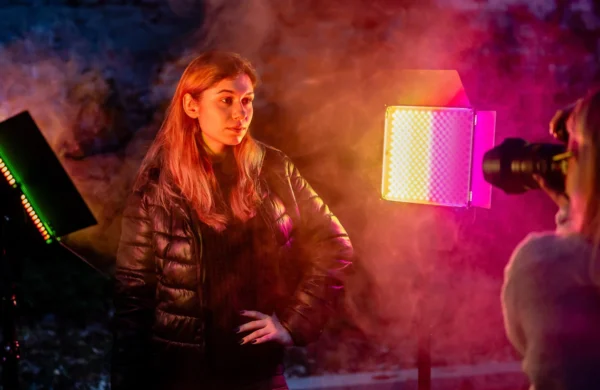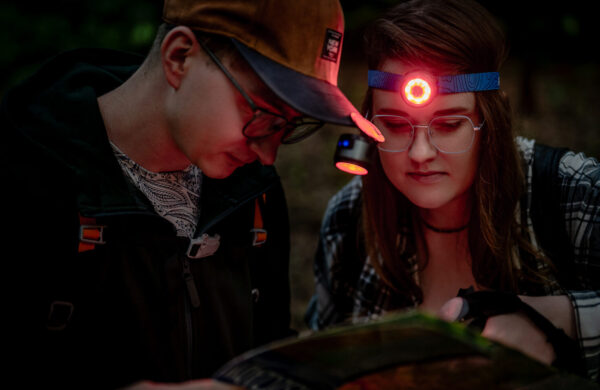When traveling, there is no shortage of moments that we would like to keep in our memories forever. Photography allows us to capture all those magical moments. One would think that nothing could be easier in the age of smartphones. However, it is worthwhile to properly prepare for taking travel photos. And that’s what this article was created for. It is a set of useful tips and an inspiration for all travel photography enthusiasts.
Why should you explore the secrets of travel photography? Because it’s not just a matter of creating beautiful photos. It’s also a way of looking at the world, searching for unique frames in the world around us, and paying homage to moments worth remembering and showing to others.
Here are the main issues we cover in the following article:
- definition of travel photography;
- etiquette in travel photography
- equipment selection and safety;
- packing photographic equipment;
- spare batteries and chargers.

Introduction to travel photography
Travel photography is a beautiful area of art. It’s not only a way to document what certain places look like, but also a way to express emotions, capture moments, and convey valuable stories. With some travel photos, we can direct the audience’s attention to details that often get missed in the daily rush. Photos from the same place can look completely different when you juxtapose frames from different artists. And I guess that’s what’s most magical about it all – uniqueness and individuality.
What is travel photography?
Travel photography goes beyond mere memories. It is also a tool that allows us to appreciate the beauty of the world around us, and teaches patience, observation, and focus on details. Creating photographs while traveling becomes an integral part of the experience, allowing us to become more deeply immersed in the culture and landscapes of the places we visit.
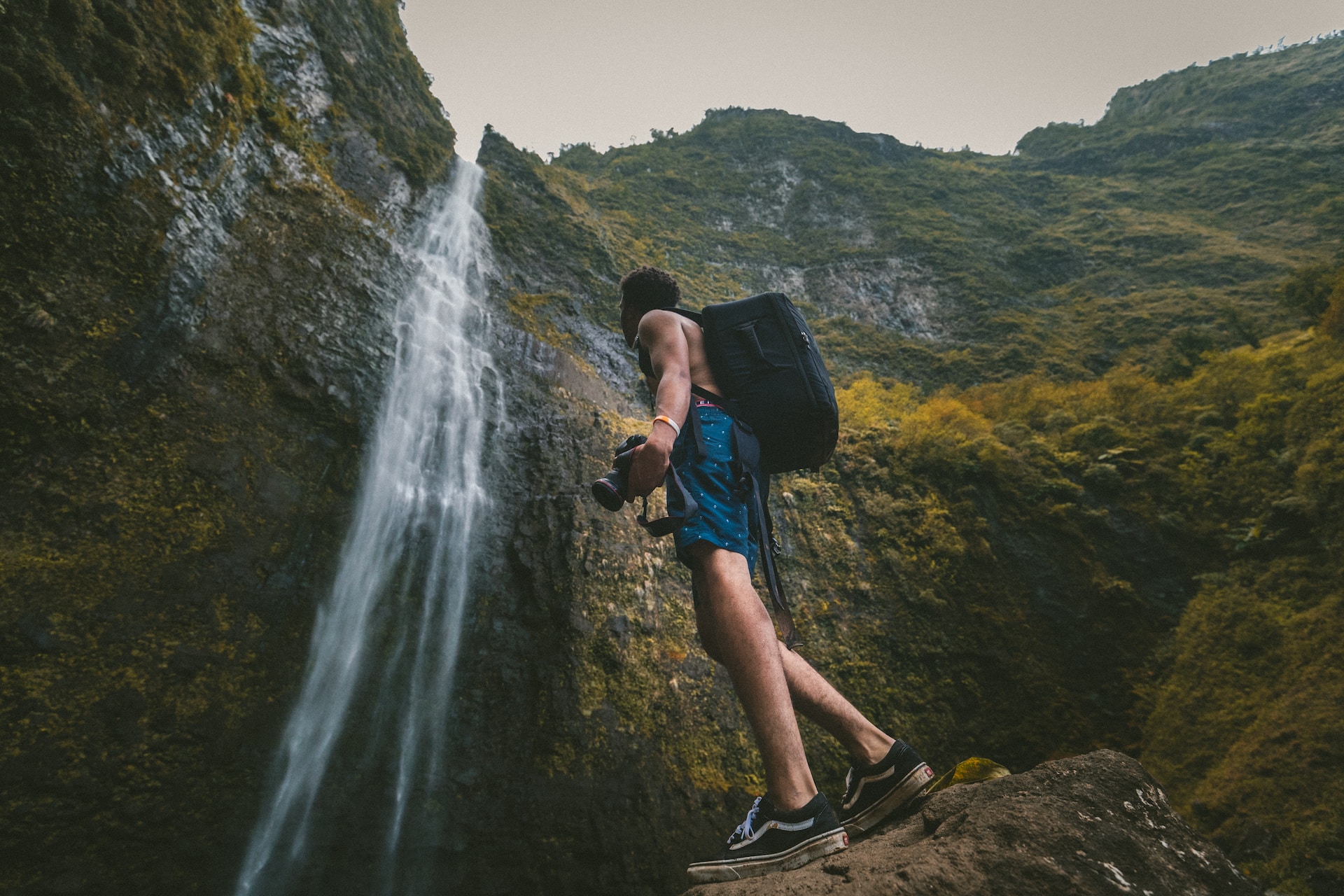
Observing the world through the lens
Travel photography changes the way we see the world. Through the lens of a camera, we become more aware of the details, colors and mood of our surroundings. It’s not just taking pictures, but also changing our perspective on the places we visit. However, it’s worth remembering that travel photography is not just about catching moments. It’s quite a challenge, especially when the trip is supposed to be a time of rest. The constant search for perfect frames can be exhausting, and focusing on composition and camera settings can make it difficult to fully enjoy the moment. While it is a way to capture the beauty of places, it is worth being aware that this is not a hobby for everyone, especially if the purpose of the trip is to relax and regenerate the brain.
Respect for places and people
Photography always requires understanding and respect for places and people. Before you take a photo, consider whether it is acceptable in your culture or whether it violates someone’s privacy. Make sure you have permission to photograph people, especially if it is accompanied by any compensation or commercial use of the images.
Ethics in travel photography includes not only respect for people but also for the environment. Take care of plants and animals, don’t go with your camera where it’s not allowed, respect local customs, and don’t contribute to the destruction of the environment. Your photos may be beautiful, but the added value is knowing that they were taken responsibly.
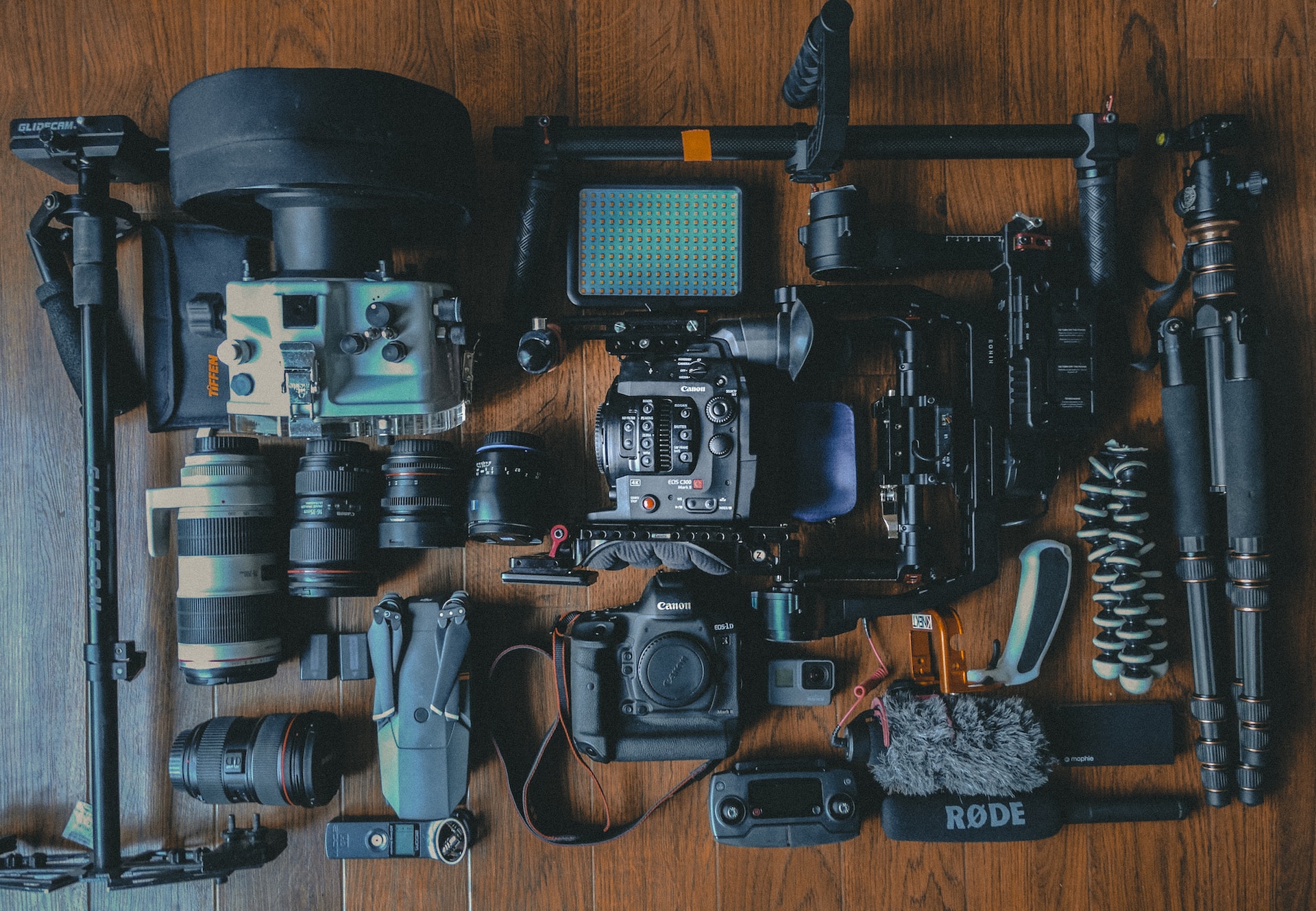
Travel photography – planning and preparation
Before you set out on your trip, it’s worth considering your choice of equipment. Whether it’s an advanced camera or a well-equipped smartphone, each tool has its advantages and disadvantages. Cameras give you more control over settings. They also often provide incomparably better quality photography. Smartphones, however, are more portable and lighter, which is of great importance when traveling. Also, additional accessories such as a tripod, lenses or filters can make a significant difference to the quality of your photos, but all of this takes up space in your luggage, and this should, after all, be as light as possible.
Equipment selection
Preparing for a photography trip starts with proper packing. By securing your equipment, you ensure a smooth trip and more flexibility when working with your camera. Backpack compartments and separate organizers will help prevent damage and accidental loss of accessories. It’s worth investing in sturdy bags or cases to make sure your gear is safe.
Traveling also involves a variety of weather and terrain conditions. Rain covers, special lens cases and cleaning cloths can be invaluable aids if you want to keep your gear in good condition. Make sure you pack your equipment in a way that protects it from shocks and adverse conditions you may encounter while traveling.
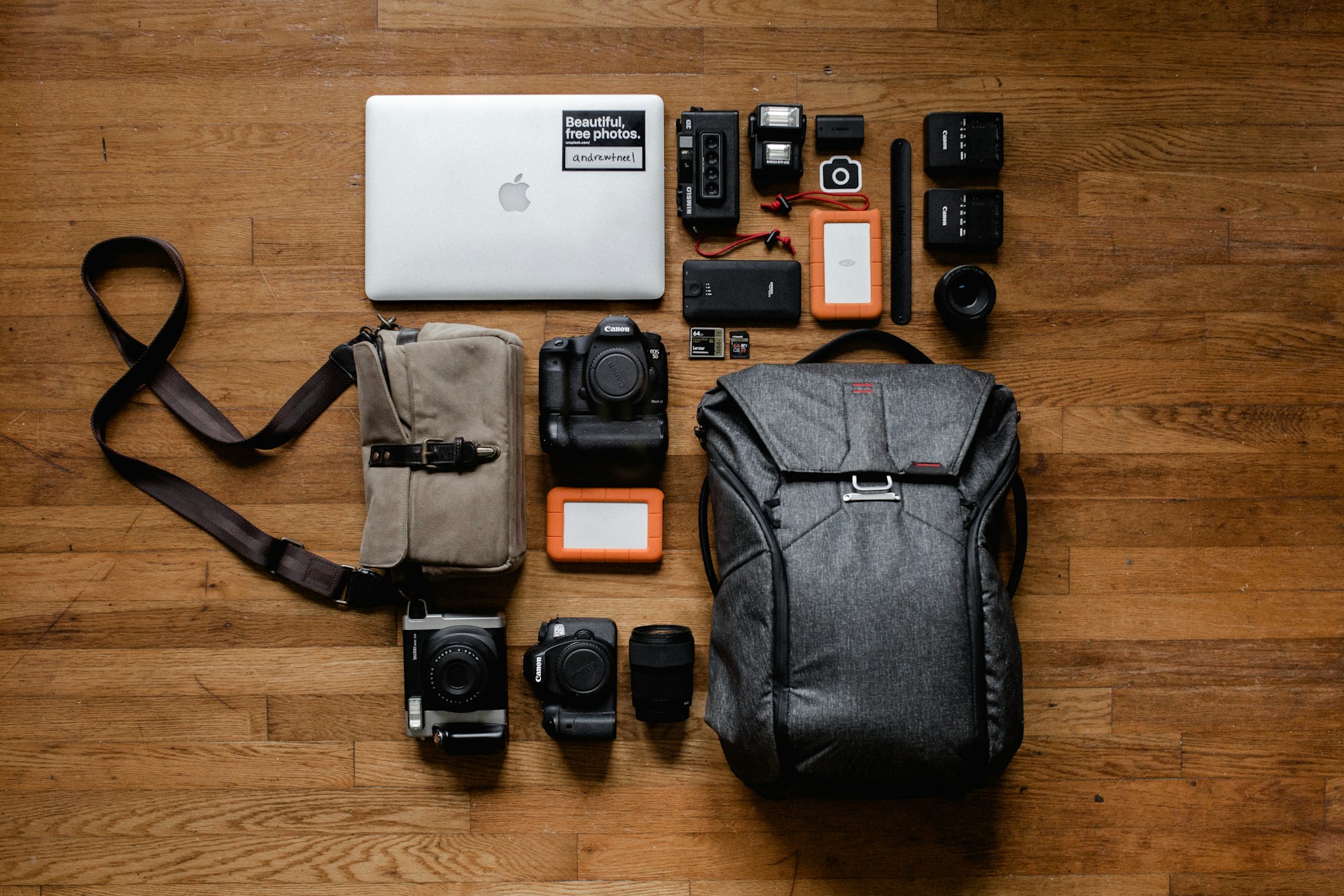
Packing photographic equipment for travel
Packing your camera equipment properly is a key part of preparing for a trip. Choosing the right type of bag or backpack is of paramount importance for the convenience, safety, and ease of access to your equipment when exploring new places.
The importance of choosing the right bag or backpack
A properly designed photography bag or backpack is not just a place to store your gear. It’s also a tool that facilitates organization, protects your gear from damage, and provides quick access to essential accessories. Bags with flexible compartments and waterproof construction are the ideal solution for traveling photographers.
It is important not only to pack but also to organize the equipment in the bag or backpack. The proper arrangement of lenses, cameras, tripods, and accessories can greatly facilitate the work of photography.

Stock up on power when traveling with your camera
Spare batteries are a key issue for all traveling photographers. There is nothing worse than the moment when you want to capture an amazing view and your device loses power. That’s why it’s a good idea to stock up on extra batteries and make sure they’re charged before you leave. A reliable supply of power will allow you to continue shooting even when you least expect it. In our portfolio, you will currently find 4 different types of battery replacements. Here’s what sets them apart:
Newell classic batteries
Newell’s black rechargeable batteries with a clear brand logo are the basic line of our products. On the photo market today, it is difficult to find a camera for which one of these cells could not be matched. They provide excellent value for money, often offering identical performance to the original batteries supplied by reputable brands.
Newell Plus
Newell Plus is an extension of our range of battery replacements. This series of cells is designed to extend the operating time of devices. They are characterized by increased capacity, which was achieved by increasing the density of the stored charge. Newell Plus batteries provide longer power to equipment on a single charge compared to older generations of cells.
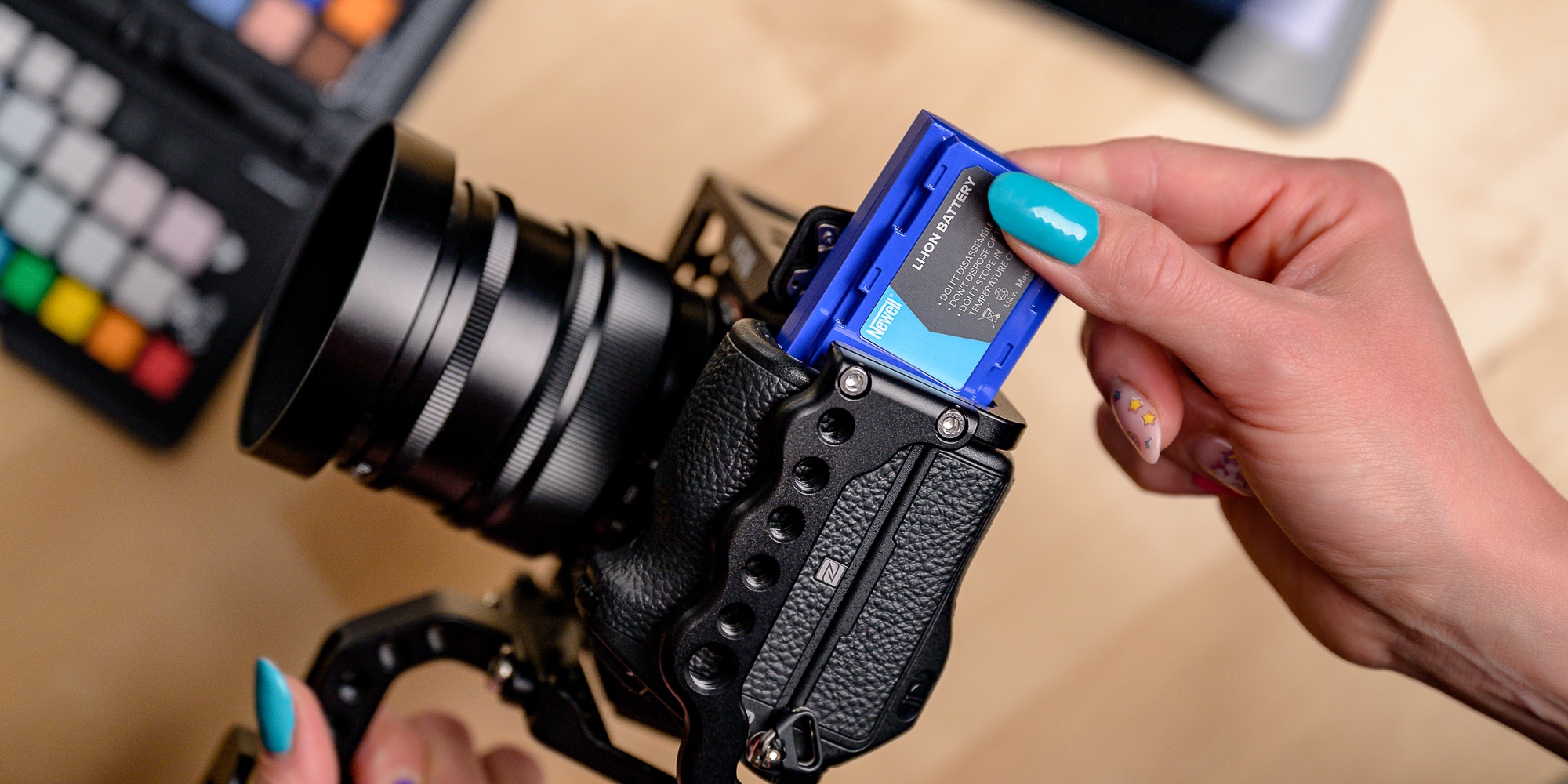
Newell SupraCell
Newell SupraCell are blue batteries created for the most demanding users, providing durability and performance. With a capacity of 2,300 mAh, they are ideal for creators who work a lot. They offer trouble-free operation even in extreme conditions (from -20 to 90ºC). The construction made of fire-resistant V1 material and the use of NTC resistors ensures trouble-free operation in the most demanding situations.
Newell USB-C
Newell USB-C series are the latest battery replacements in our range, providing a reliable solution for emergency situations. With a built-in USB-C port, you can charge your batteries without having to reach for traditional channel chargers. All you need is a single cable, and the charging process becomes as easy as with smartphones. In addition, LEDs indicate the charging status, changing color from red when charging to green when full power is reached.
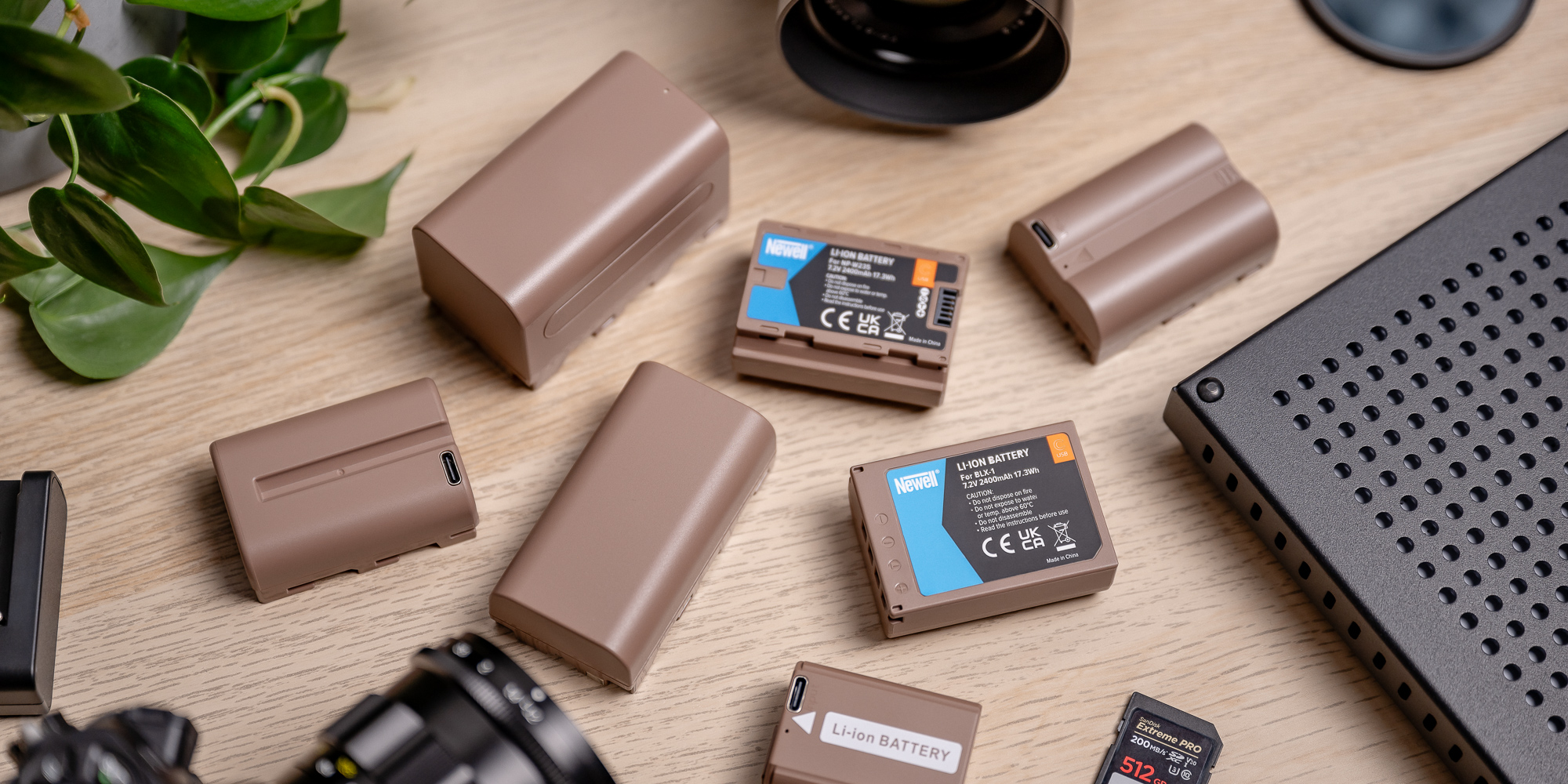
Charger for your camera on the go
When going on a trip, also remember to have the right charger. Make sure you have a charger that is compatible with the local voltage and outlets you find at your destination. Here are our two suggestions that will work great for travel.
Newell FDL-USB-C – Charger with integrated cable
Users have come to love the FDL-USB-C series of chargers for their integrated USB Type-A cable. The contoured recesses in the housing allow you to quickly coil it up, and keep your photographic essentials organized. If most of your devices are equipped with a USB Type-C socket, nothing is lost! The Newell FDL-USB-C charger is equipped with a USB-C port. The corresponding cable is also included.
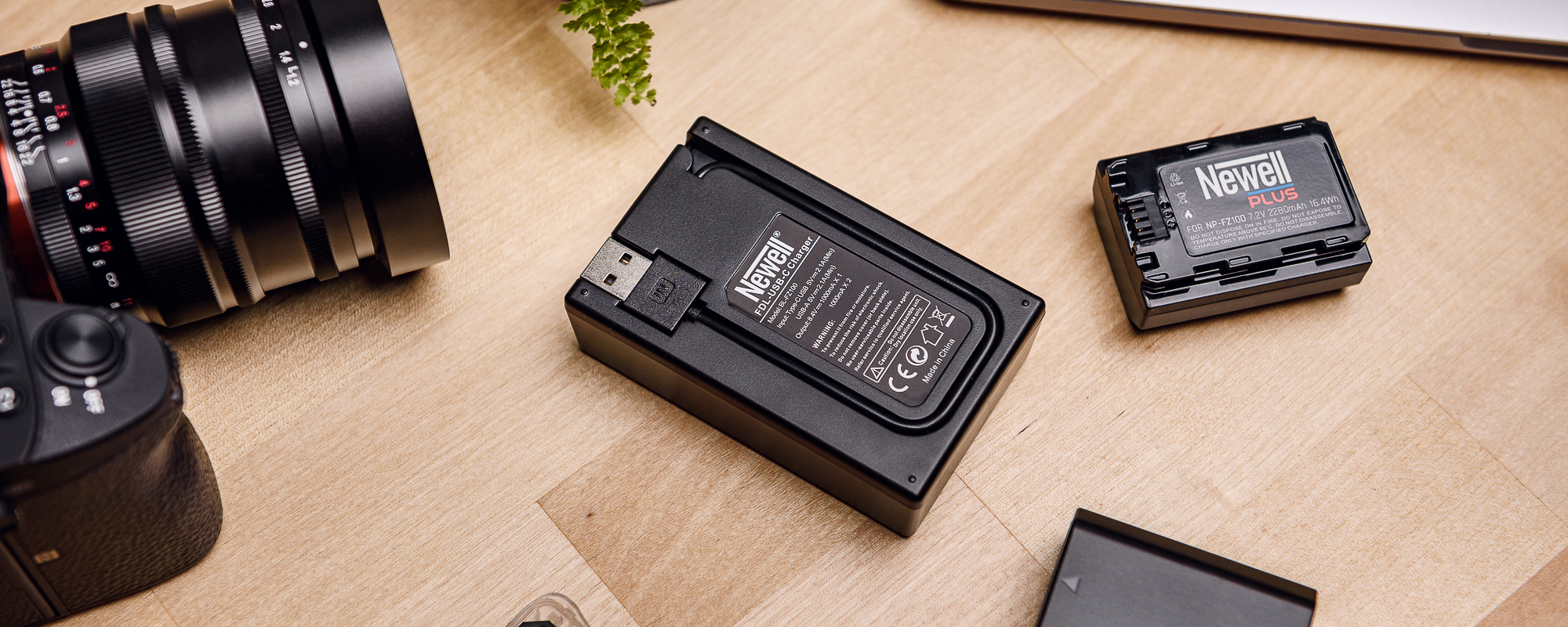
Newell DC-LCD – One charger, multiple adapters
This charger features 2 charging channels and easy-to-read displays to control the charging process. Each set also comes with an additional cable that will allow you to use the device in the car when connected to the “cigarette lighter”. There’s more! In addition to the different variants of chargers, created for specific battery models, you can buy special adapters for the device of your choice. These take up little space in your backpack or bag while providing greater versatility and saving you money. How it works. Each Newell DC-LCD charger is equipped with 2 universal rectangular sockets. You’ll install any adapters in them, compatible with the cells you have.

